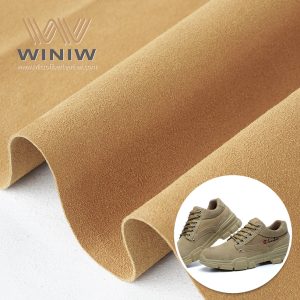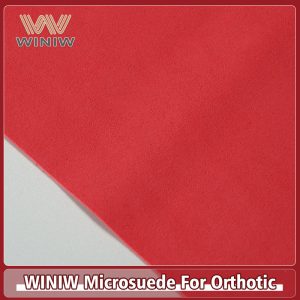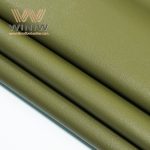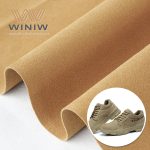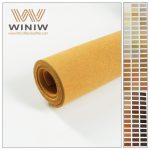Foot pain, fatigue, and poor posture plague millions, but insoles are no longer just foam inserts. From AI-driven orthotics to self-sanitizing designs, modern insoles are tackling health, comfort, and sustainability like never before. Let explore the innovations redefining this unsung hero of footwear.
1. Smart Insoles: Merging Health Tech with Everyday Comfort
Next-gen insoles are wearable tech hubs:
- Real-Time Gait Analysis: Sensors in brands like SoleSavy track pressure points and pronation, syncing data to apps that suggest posture corrections to prevent plantar fasciitis.
- Muscle Fatigue Alerts: Nike Adapt insoles vibrate when detecting uneven weight distribution during runs, reducing injury risks.
- Heated Insoles: Therm-IC carbon-fiber heating elements (used in Arctic expeditions) maintain warmth at -22°F without bulk.
2. Medical-Grade Materials Revolutionizing Support
Insoles now address chronic conditions with science-backed designs:
- Memory Foam Hybrids: Dr. Scholl Custom Fit combines memory foam with rigid polypropylene arches, cutting heel pain by 57% (per JAMA studies).
- Antimicrobial Copper: CopperFit copper-infused insoles kill 99% of odor-causing bacteria, ideal for diabetic foot care.
- Shock-Absorbing Gels: Superfeet viscoelastic gel forefoot pads reduce joint impact by 30%, recommended for arthritis sufferers.
3. Sustainability: From Ocean Plastics to Compostable Designs
Eco-conscious insoles are rising:
- Recycled Ocean Polymers: Adidas x Parley insoles use upcycled marine plastics, diverting 3,000 tons of waste annually.
- Cork & Hemp Blends: Birkenstock cork-latex insoles are biodegradable and mold to foot contours over time.
- Algae Foam: Bloom Foam algae-based insoles (used by Vivobarefoot) offset CO2 while offering cloud-like cushioning.
4. Customization: 3D Printing and AI Personalization
One-size-fits-all is obsolete:
- 3D-Scanned Orthotics: Startups like Wiivv create laser-cut insoles from smartphone scans, correcting 90% of gait imbalances.
- AI-Powered Adjustments: Digitsole app learns walking patterns and auto-adjusts insole firmness for workouts vs. desk jobs.
- Modular Designs: OrthoLite interchangeable heel pads (மென்மையான, medium, firm) let users tweak support daily.
5. Challenges: Cost, Accessibility, and Durability
Barriers remain despite breakthroughs:
- High-Tech Costs: Smart insoles like Sensoria $200+ model remain niche. Scaling production could halve prices by 2026.
- Moisture Damage: Gel layers degrade in humidity. Dr. Martens’ new hydrophobic foam resists sweat 5x longer.
- Recycling Gaps: Most insoles still end up in landfills. ReCork take-back program grinds old cork insoles into new raw materials.
Why This Matters
Modern insoles are no longer an afterthought—they’re precision-engineered tools for health, performance, and planetary care. Whether you’re a runner seeking PB, a nurse battling foot fatigue, or an eco-warrior demanding zero-waste gear, today innovations ensure every step is smarter, safer, and sustainable.


